Panier
Close
- No products in the cart.
Sous total (Hors frais de livraison)
0,00€
Payer
Expédition et livraison
Réparation et maintenance
In wingfoil, as in all water sports, the wind is our natural driving force. And depending on its direction, our speed varies according to our attitude to the wind.
To begin and progress in wingfoil, the strength of the wind is an extremely important factor. As a practitioner, you should prefer moderate wind conditions, i.e. between 15 and 20 knots. Below this range, the wind is too light, making it difficult to take off and maintain flight. The ideal wind speed is 17-18 knots. Above 20 knots, the power of the wind can make foil stability more delicate, and take-off falls more frequent in the initiation phase.
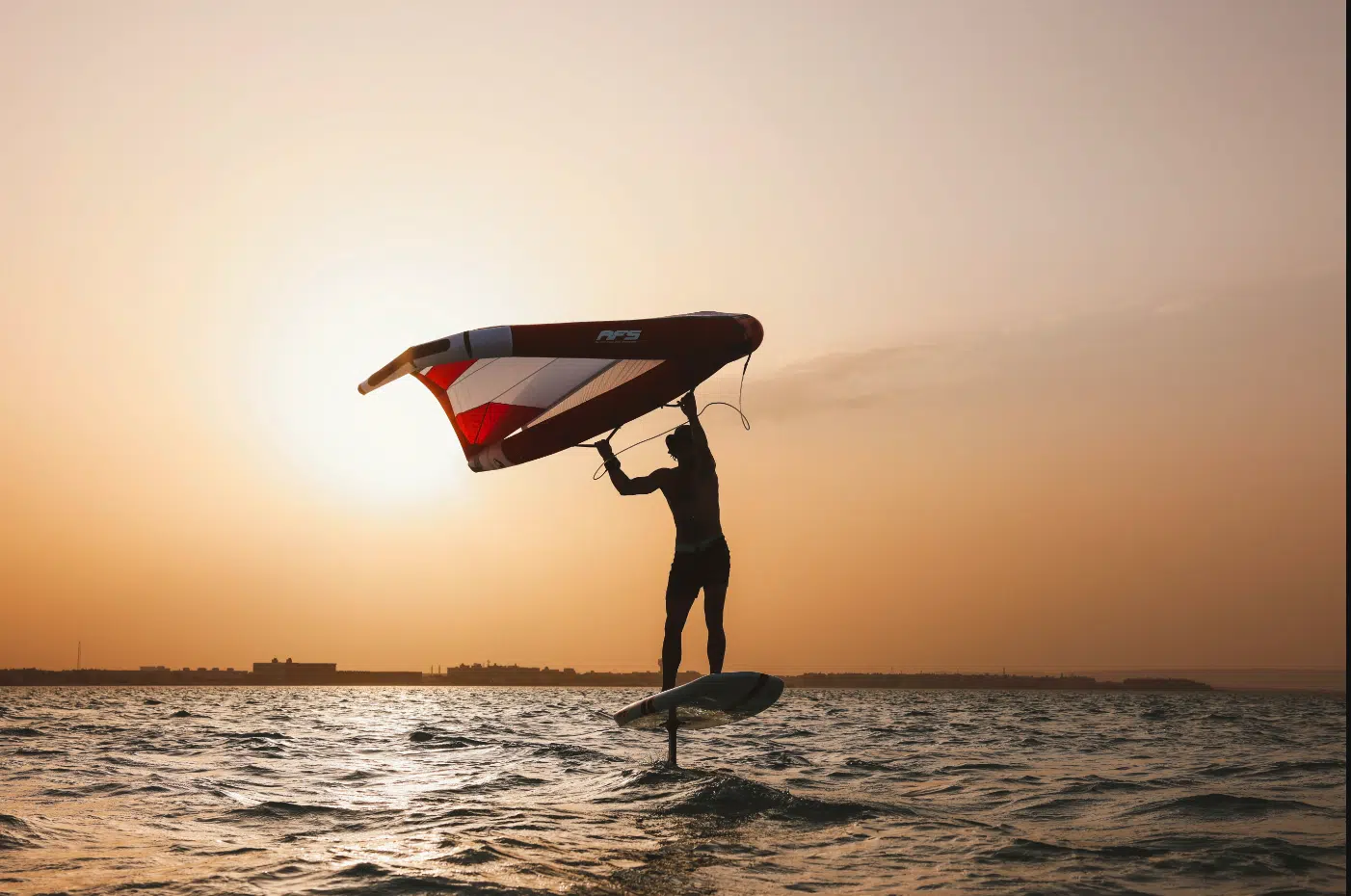
Always take the weather forecast into account and avoid gusty winds. Remember that conditions can change once you’re on the water.
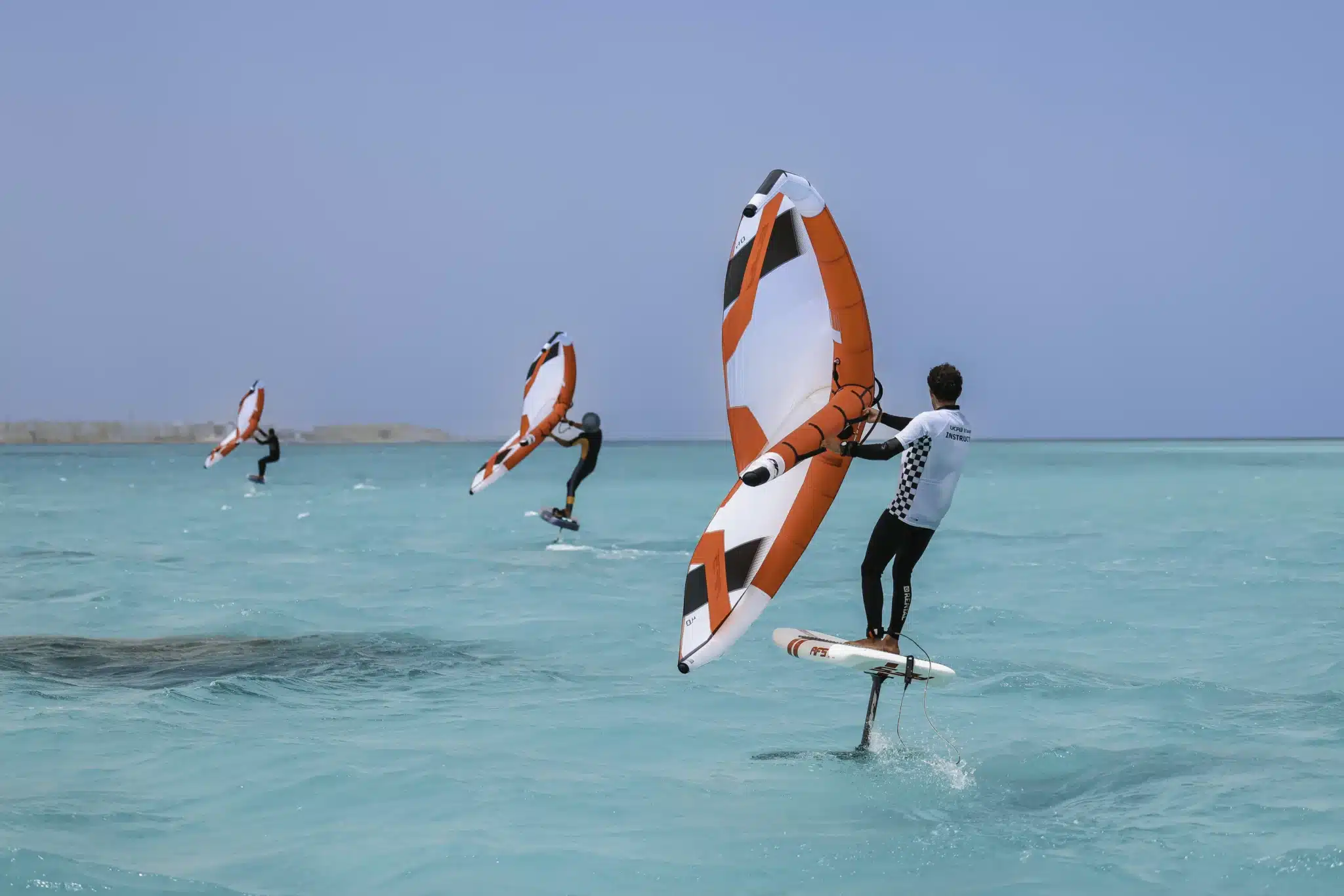
Choosing the right spot plays a vital role in making the most of every session and progressing safely. A suitable spot must offer ideal conditions, both in terms of water conditions and wind strength and direction.
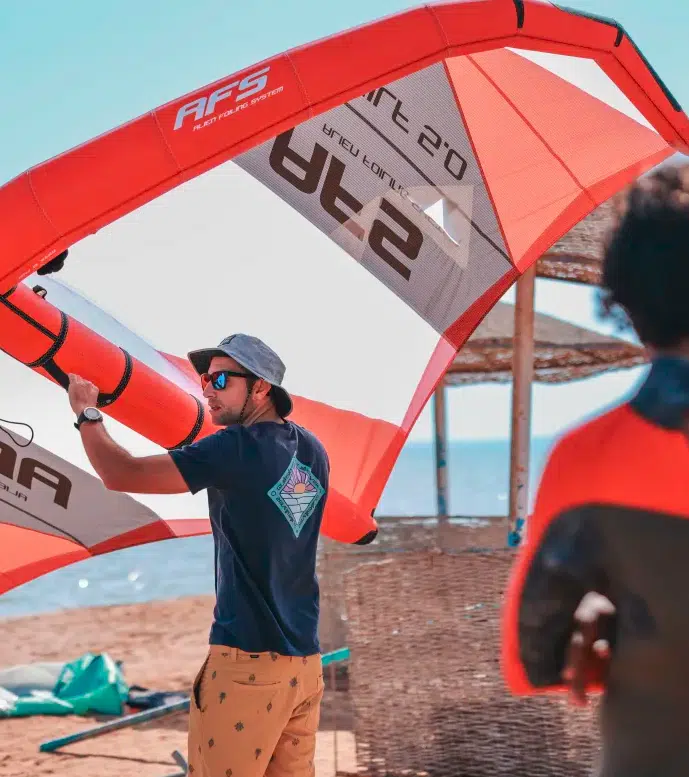
In both sailing and wingfoiling, points of sail determine our heading and speed. They correspond to the trajectory you follow in relation to the wind direction, with some offering more speed than others. Even as a beginner, once you’ve mastered each point of sail, you’ll be able to move freely on the water. In wingfoil, the main gaits are crosswind, upwind and downwind.
1. Crosswind: this is the first point of sail to master in wingfoil, as it facilitates balance on the board. When you’re learning to wingfoil, this point of sail, where the wind blows perpendicular to your trajectory, allows the board to come out of the water progressively and less abruptly.
2. Upwind sailing: this does not mean sailing directly into the wind, but approaching it at an angle of around 45° to its direction. This involves long, zigzagging tacks: one tack to the left, then another to the right, all the while keeping a tight trajectory into the wind.
3. Broad reach: this is when you move away from the direction of the wind, adopting a trajectory of around 135°. You could say that the wind is almost pushing you in the opposite direction. This point of sail is perfect for picking up speed and taking off quickly from the surface of the water. However, the broad reach requires a good command of your wing foil equipment and experience to keep you on course and avoid drifting.
| Speed | Navigation | Angle to wind direction |
| Crosswind | Perpendicular to the wind | 90° |
| Upwind (upwind) | Get closer to the wind direction | 45° |
| Wide | Move away from wind direction | 135° |
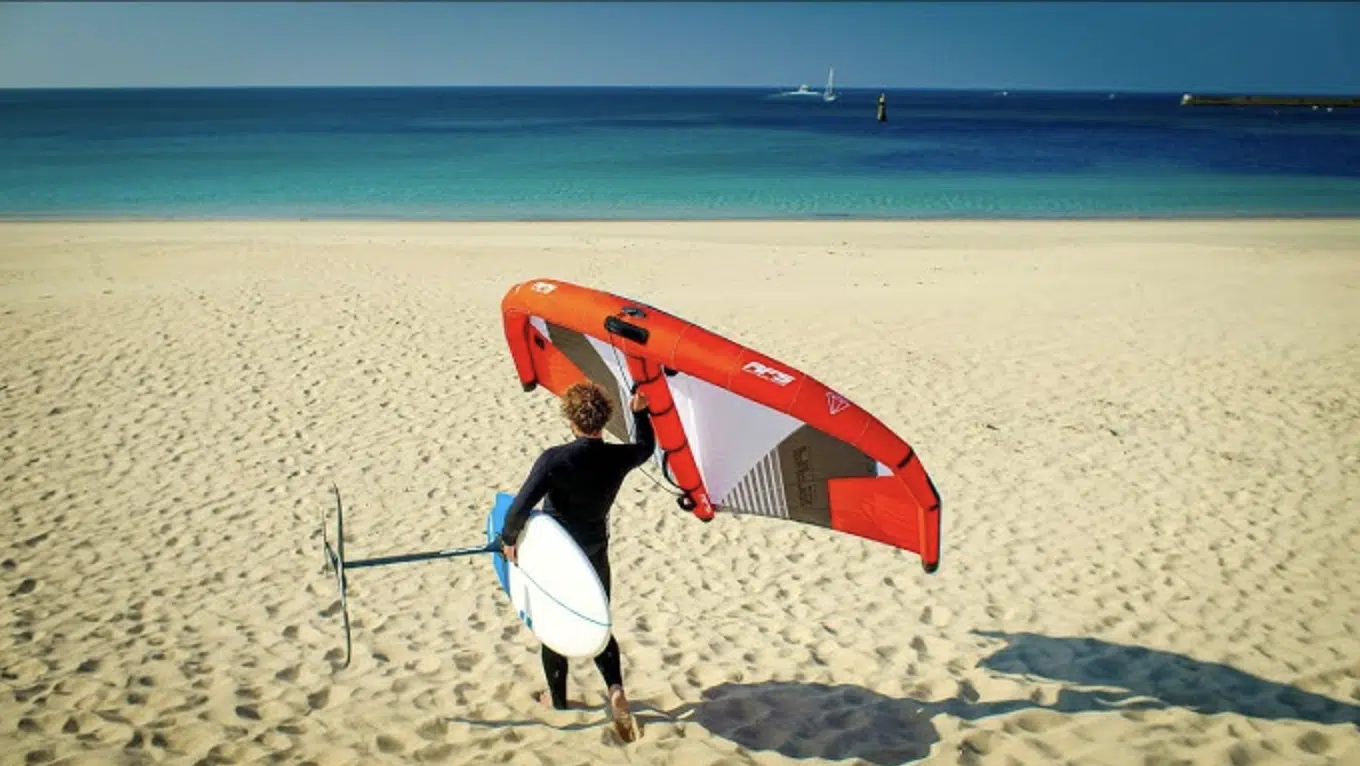
Finally, if you want to go winging smoothly and without scaring yourself, which wind direction is best and how do you get there?
Clearly, even though we’ve seen it a little earlier in this article, sideshore wind is the best wind direction to start with; even for experienced riders. Looking out to sea, the wind comes either from your right or your left. So it’s perpendicular to you.
The sideshore wind is considered to be the ideal orientation for safe wingfoil sailing, as it offers several key advantages that make navigation easier and minimize risks for riders.
You won’t be swept out to sea, unlike an off-shore wind (wind blowing from the land to the sea), which can blow you far from the beach and complicate the return trip. With this type of wind, you can be sure of getting back on land in the event of drifting. Either because you can’t get back to the starting point as a beginner, or because you have a problem with your equipment. Or sometimes the wind drops and it becomes too light to take off… Or too strong.
Side-shore winds are generally more constant than other directions. In off-shore conditions, for example, the wind can blow more irregularly, making it more difficult to control your equipment, especially for a beginner.
The sideshore wind maintains a trajectory perpendicular to the beach, reducing the risk of collision with other sailors or natural obstacles. If more than one person is on the water, this wind direction allows everyone to sail in their own zone without getting in each other’s way.
With a side-shore wind, beginners and intermediate riders can more easily tack upwind at 45° to the wind, making it easier to manage their pace. This makes it easier to control the board and foil, practice maneuvers and work on trim and speed control in flight (board stability). On the other hand, the sideshore wind generally doesn’t create too much chop or waves, making it a fairly flat stretch of water.
In case of emergency or difficulty, the sideshore wind offers safer control over the trajectory. If you’re in a panic with your wing gear or need a rest, it’s easier to get back to shore, using the wind to bring you back safely.
It’s not just the side-shore wind that’s good for wingfoiling. When the wind is side onshore, port or starboard, conditions are also very good for wingfoiling. This can generate a few small waves, with a little more difficulty in standing up on the wingboard. But once in the air, it won’t interfere with your sailing at all (or only slightly). And the advantage here is that it’s even easier to return to the shore.
As for the offshore side wind, you can also sail at sea, but make sure there’s a fallback point in case of fatigue (or any other problem) to get back to the launch point.
Obviously, if you’re sailing on a pond or lake, you’ll come back to shore no matter what the wind direction. Then it’s a question of whether or not you want to walk a lot with your wingfoil gear “on your hands”.
And last but not least: never ride alone on a spot, or let another person know that you’ll be on the water… Let’s go to ride!
Click & Collect
Secure payment in 3 or 4 instalments
Advice from enthusiasts
Satisfied or your money back
2 to 3 years warranty
Worldwide delivery
Votre emplacement actuel et les langues disponibles
Your current location and available languages
Build your complete foil equipment according to your practice and objectives.
Answer a few quick questions and get a suggestion.
Compare up to three stabilizers side by side.
Coming soon...
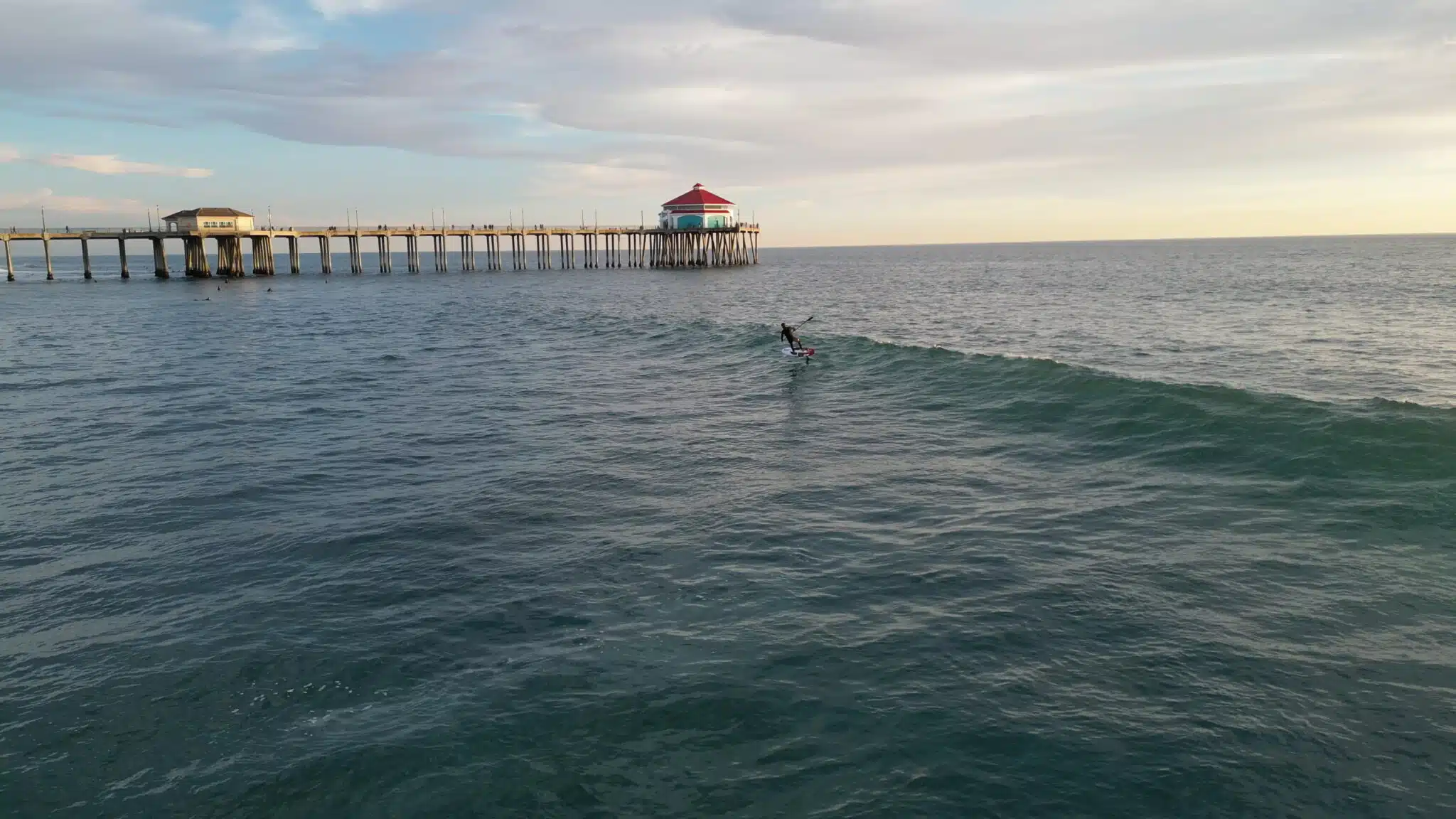
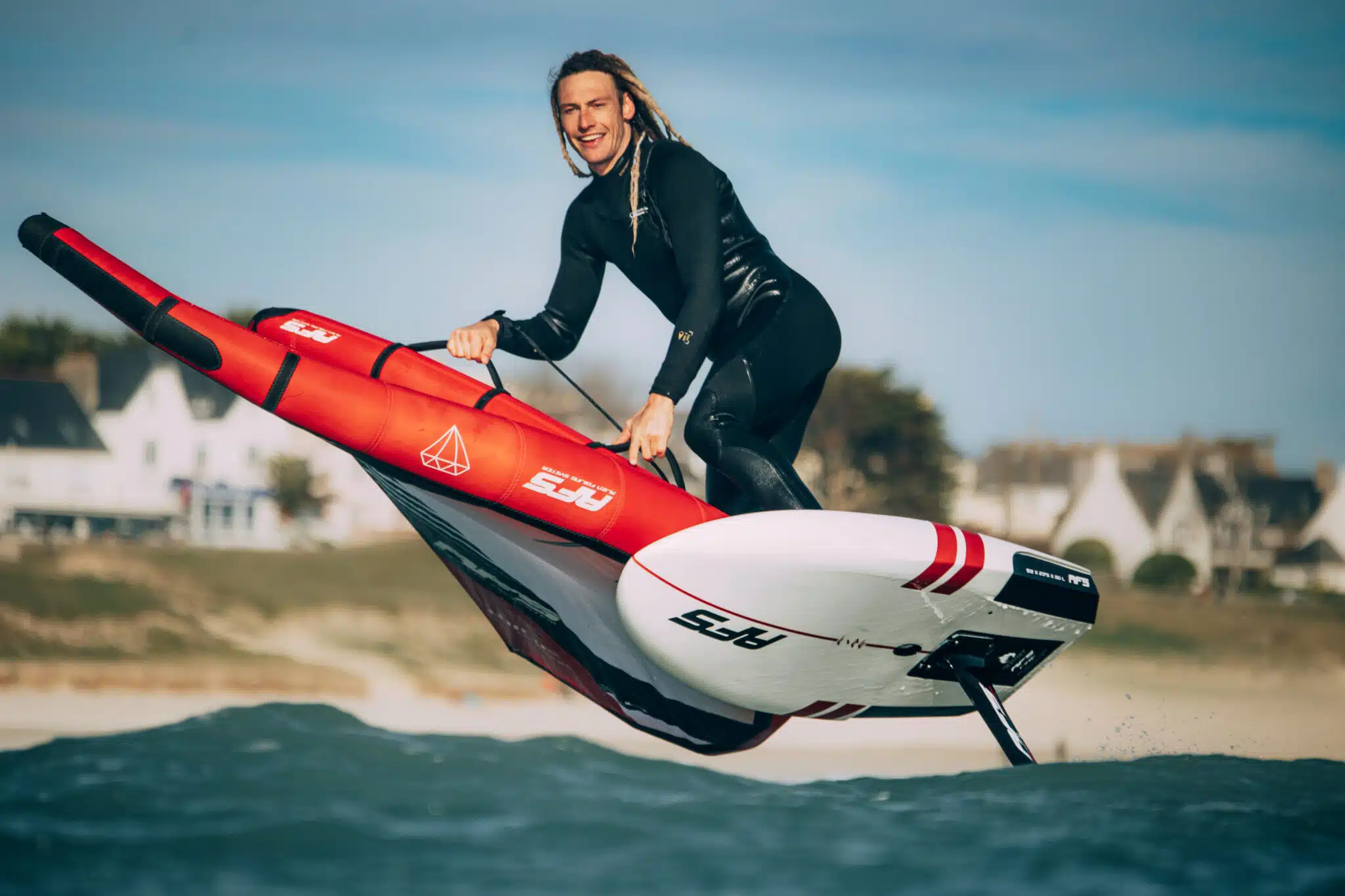

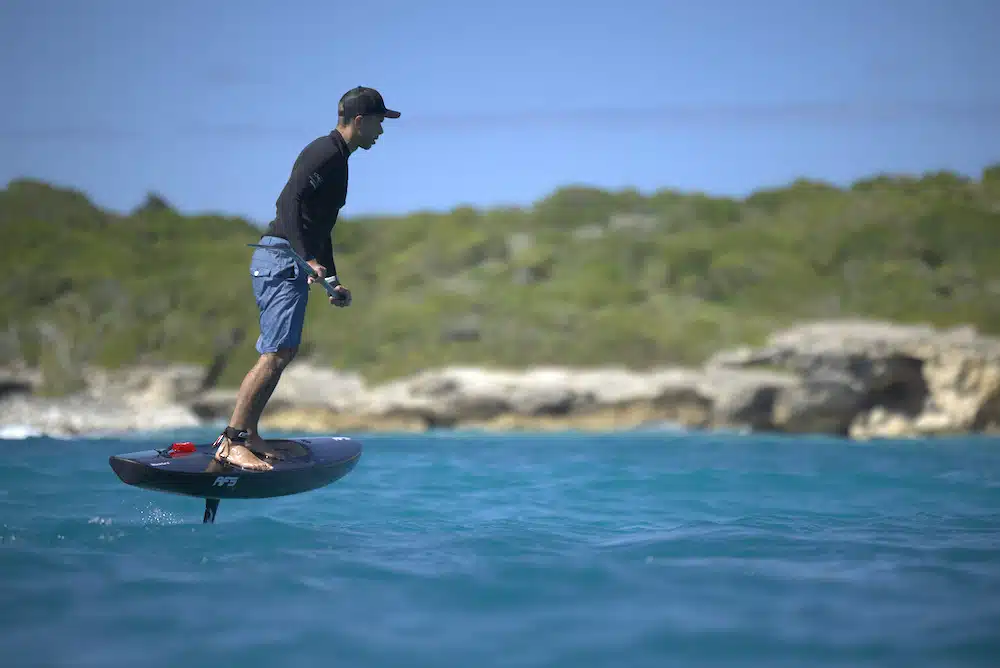
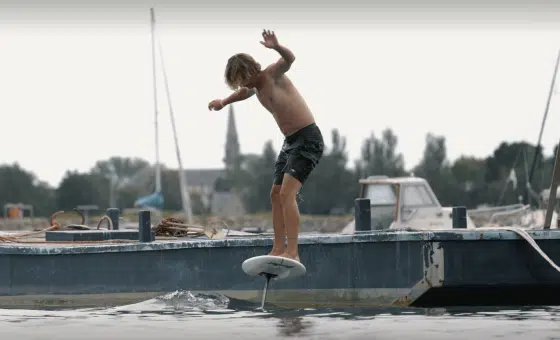
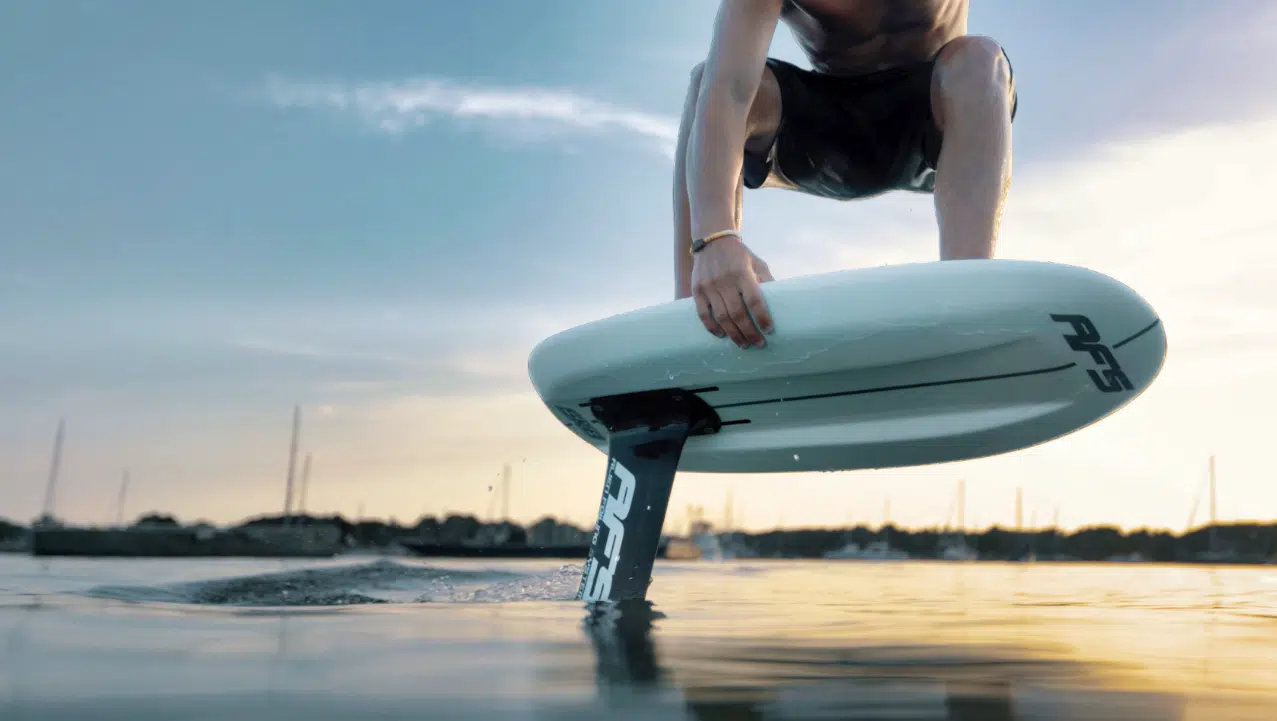
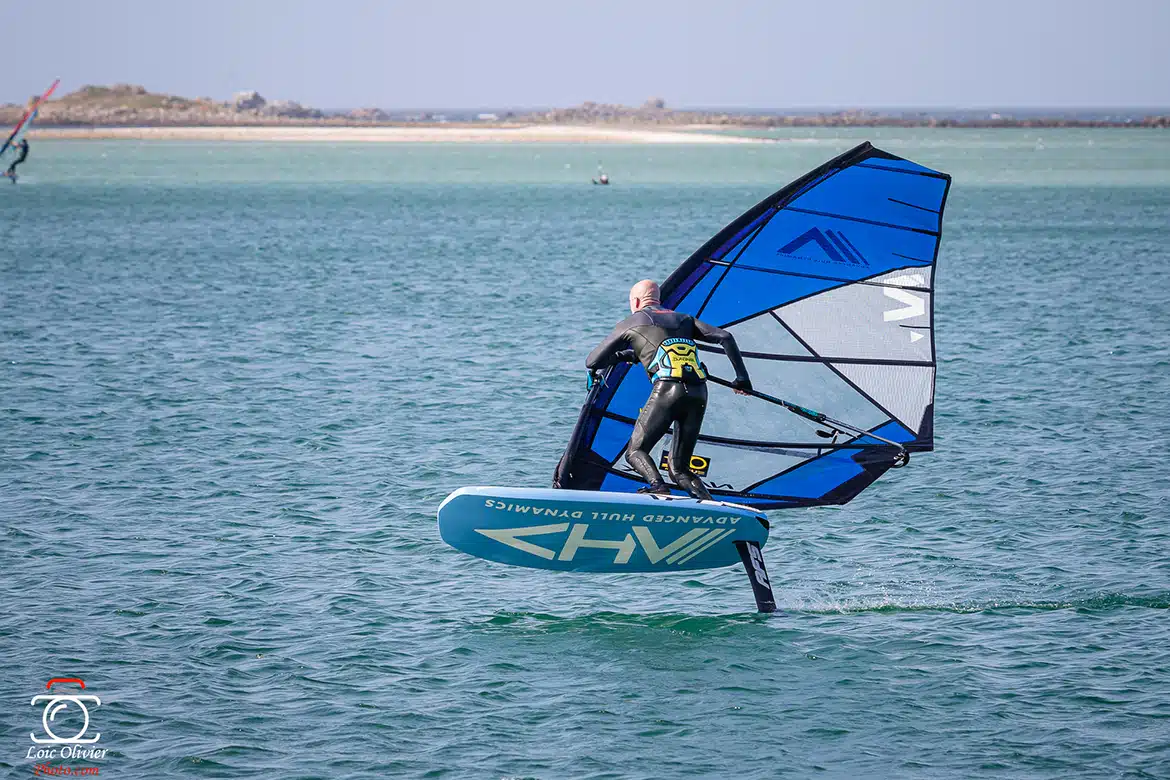
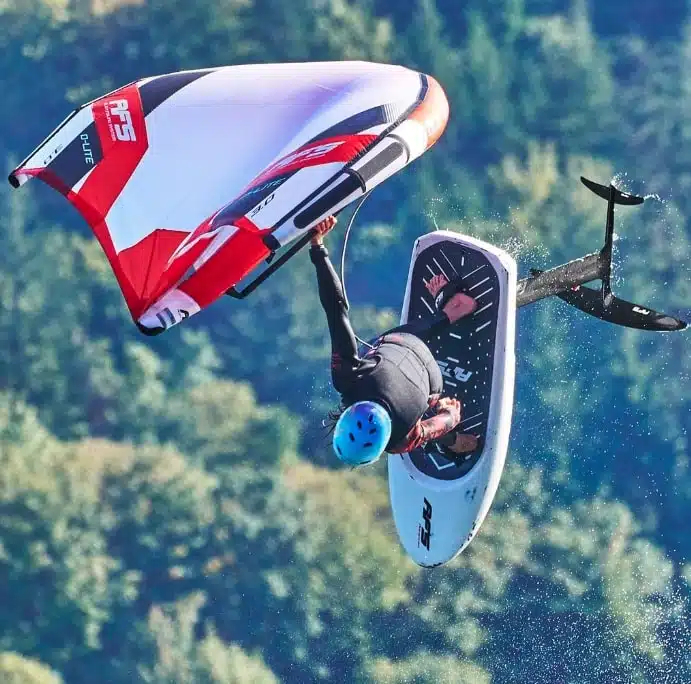
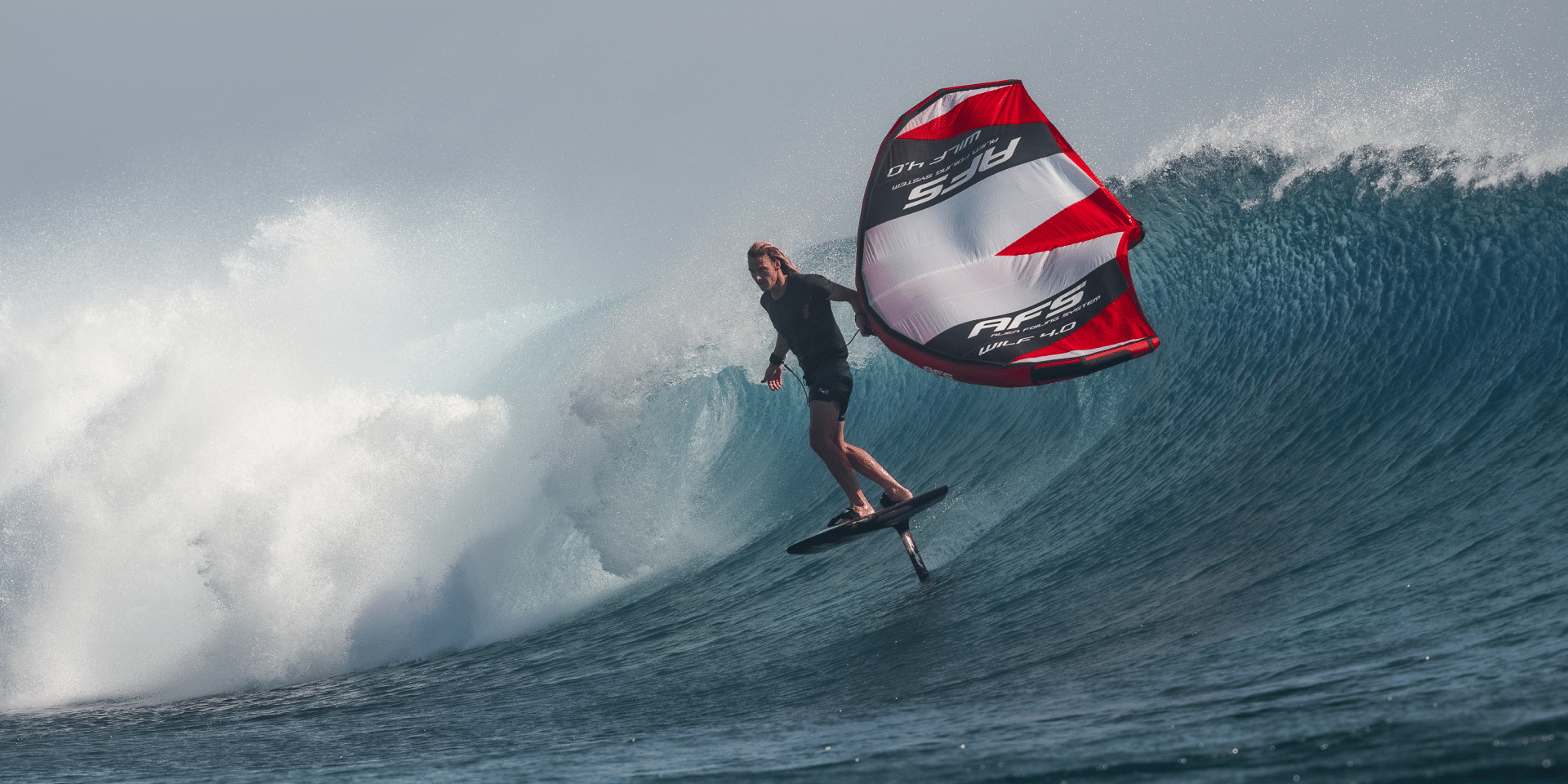
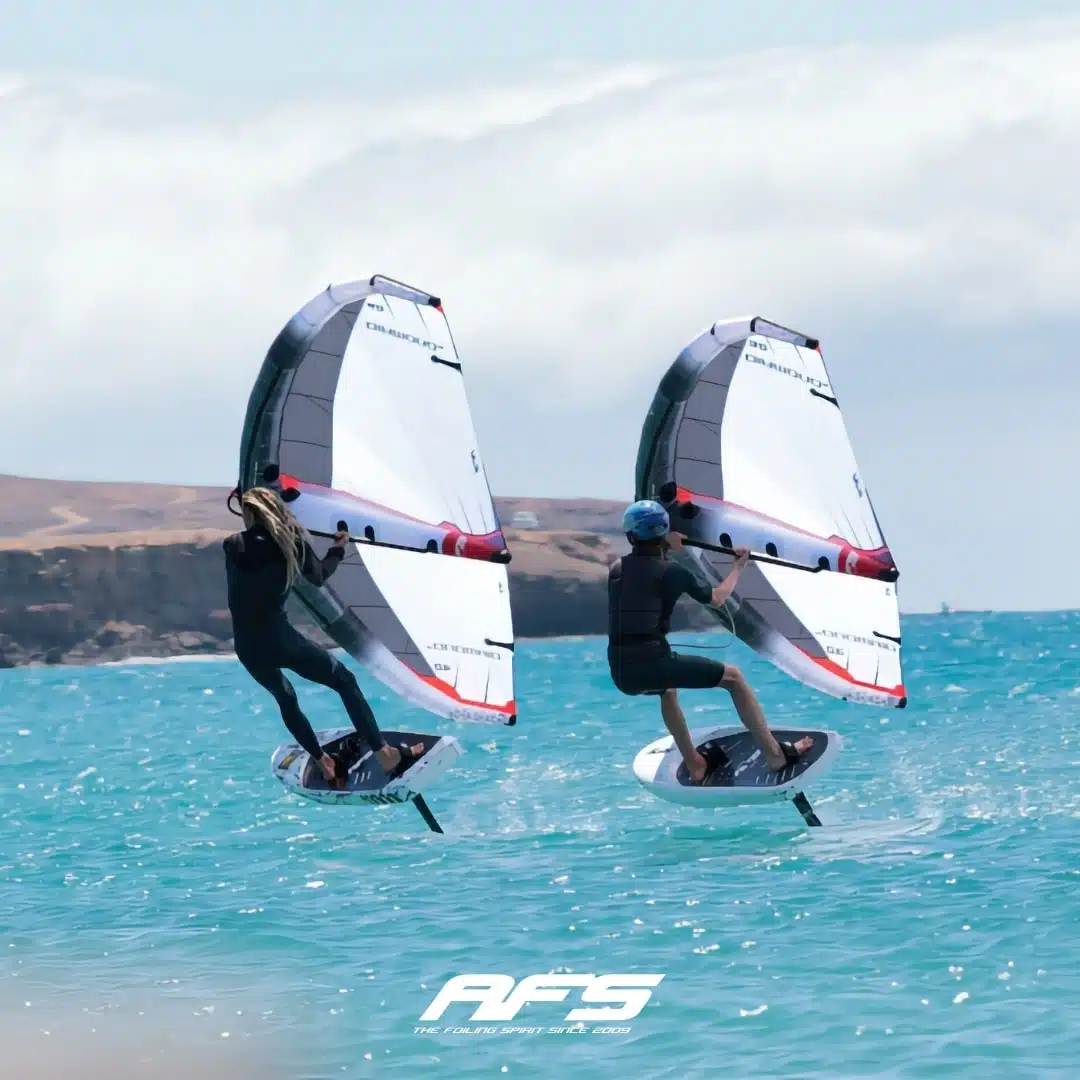
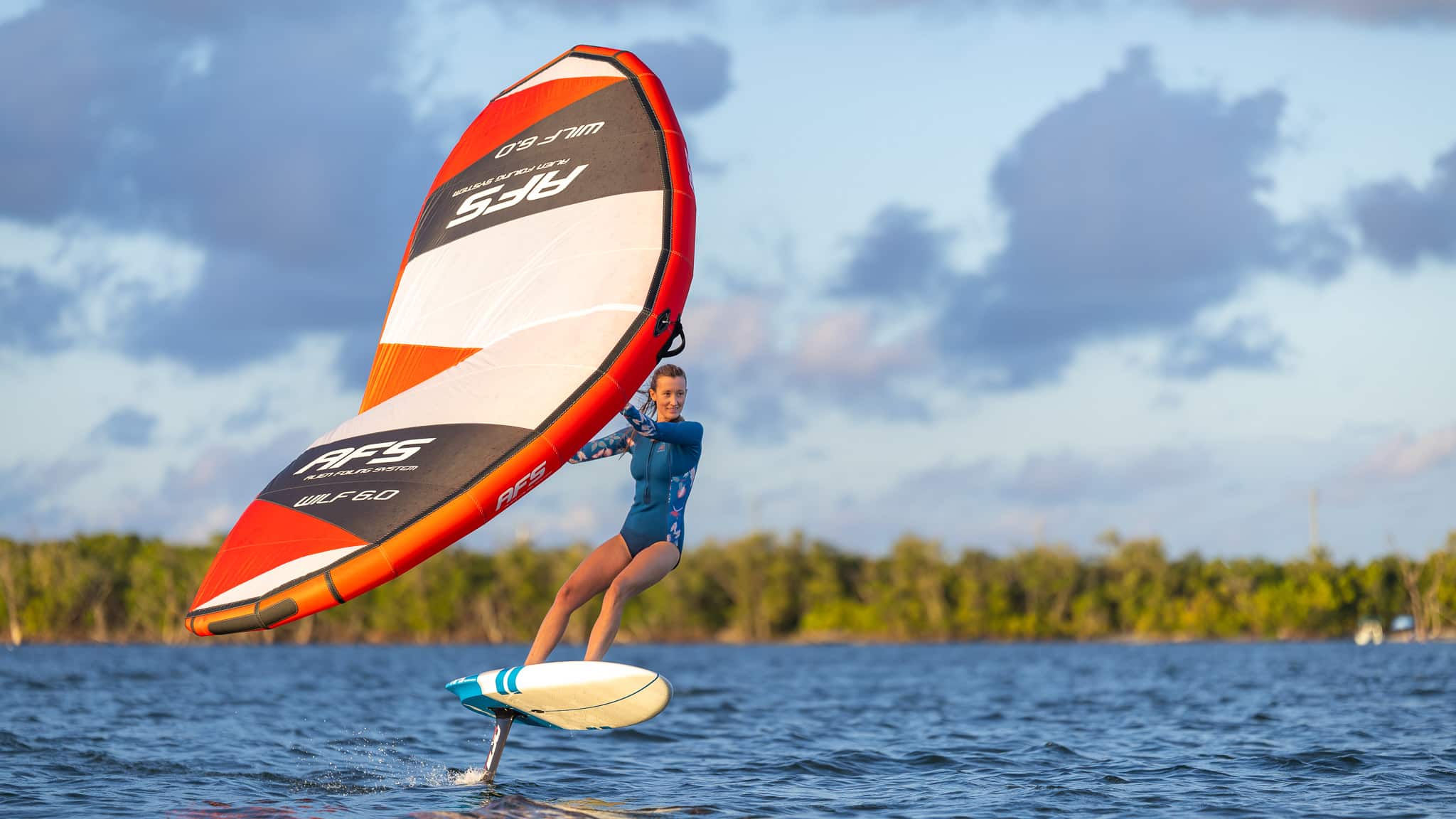

You will receive a product in excellent condition, with a few minor scratches from use.
Your product may have a few minor scratches or visual defects, but it's ready to take to the water again!
Despite deeper scratches or more pronounced visual defects, your product can take to the sea without hesitation: at this price, it's a shame to miss out!